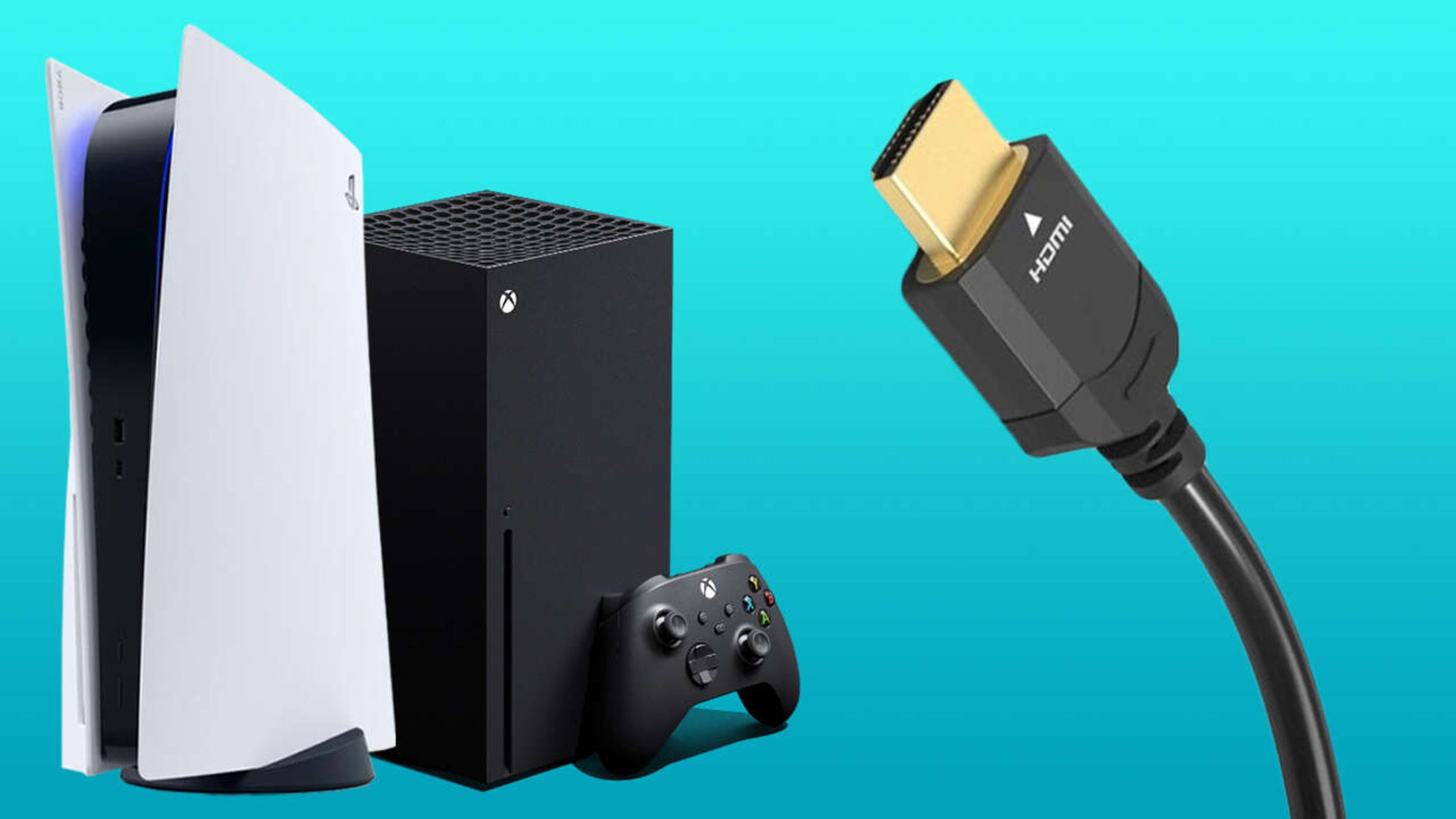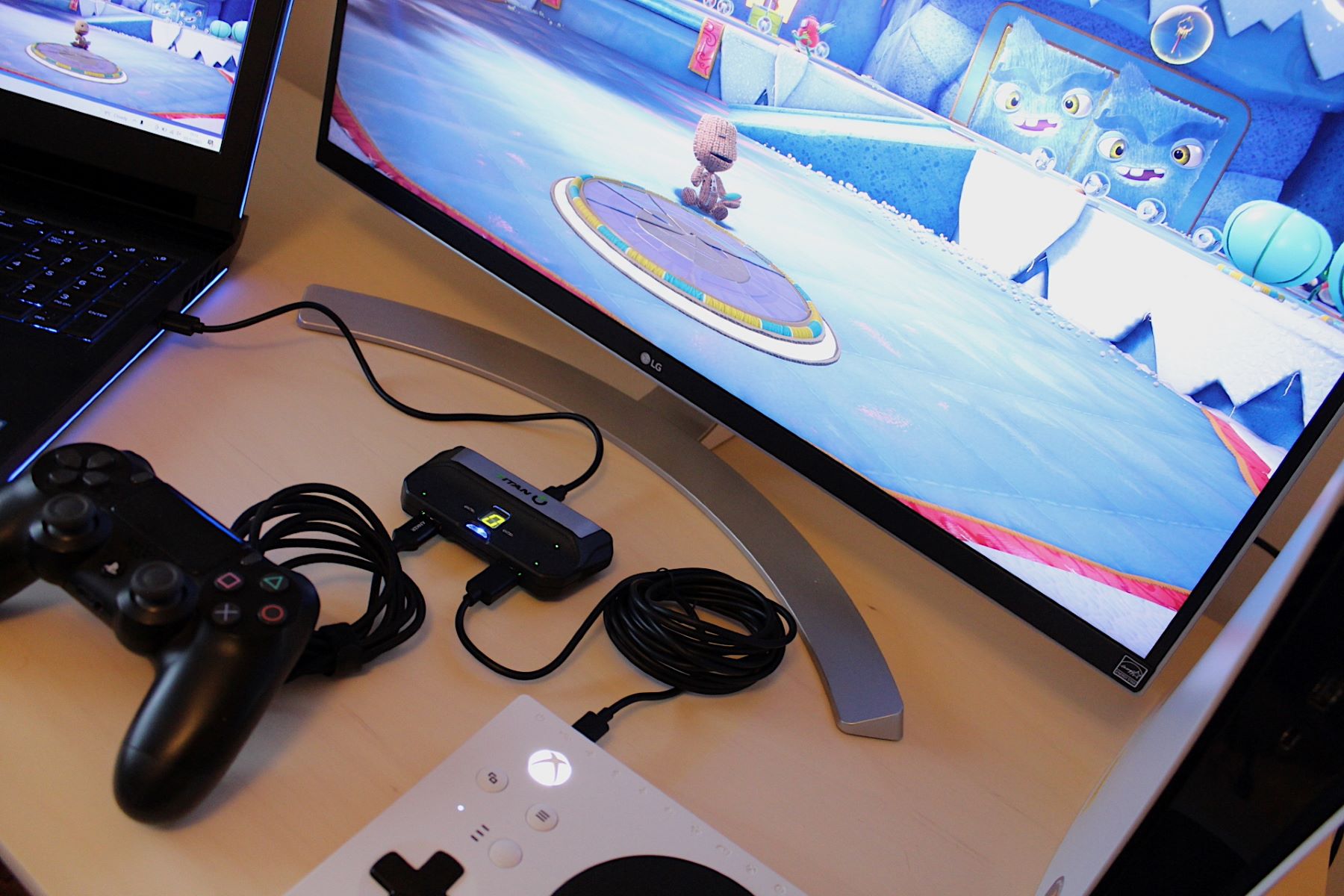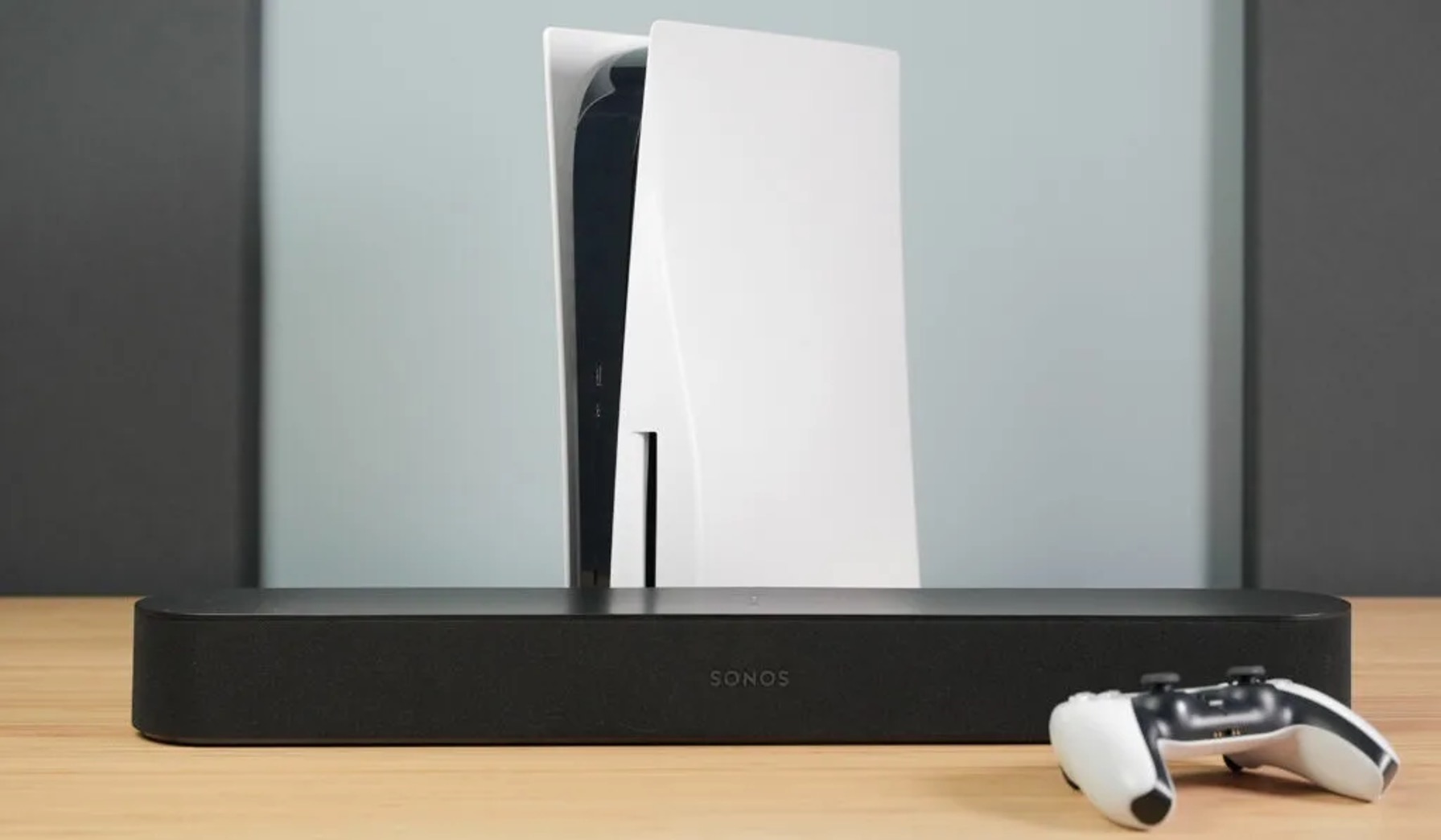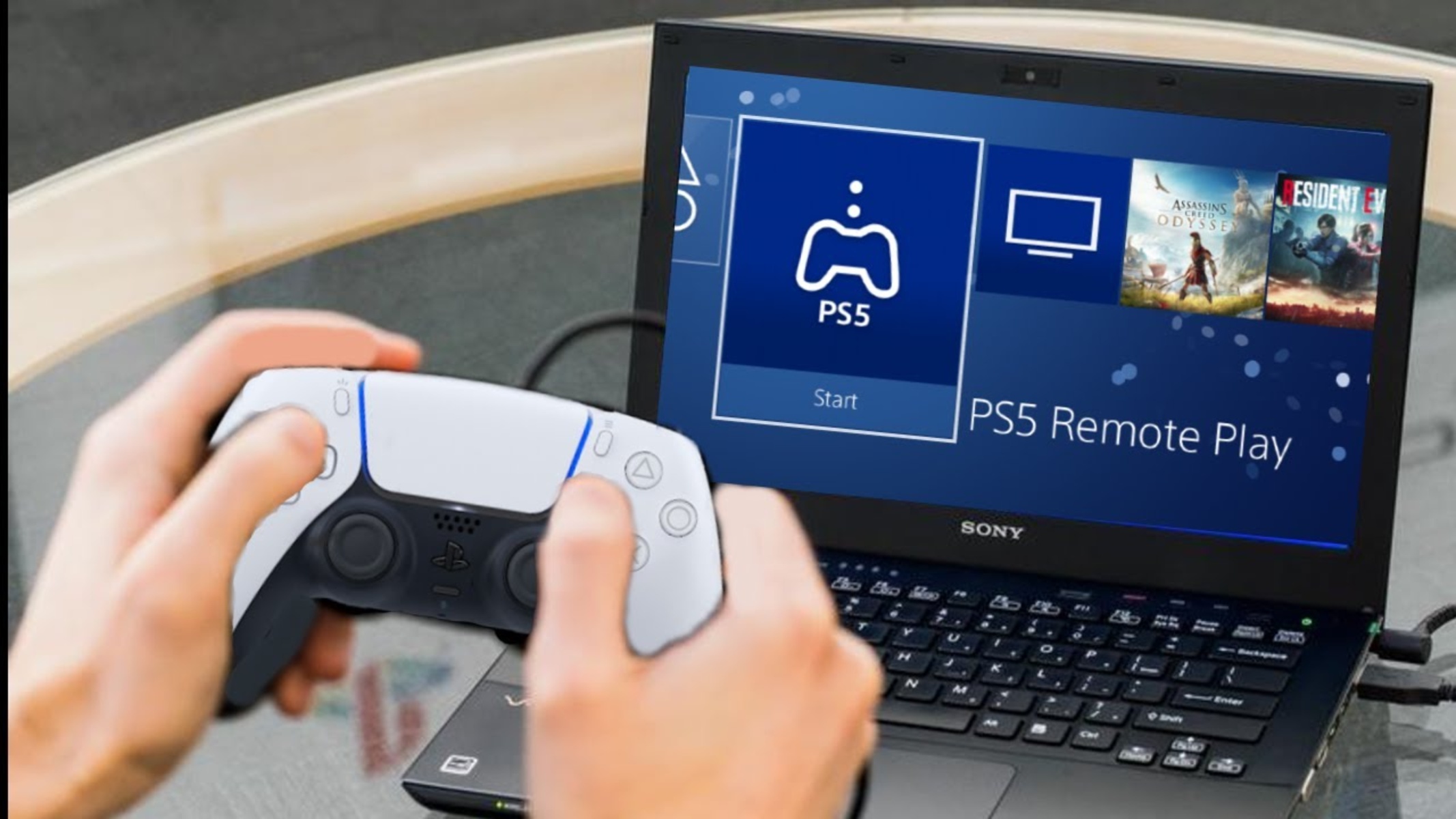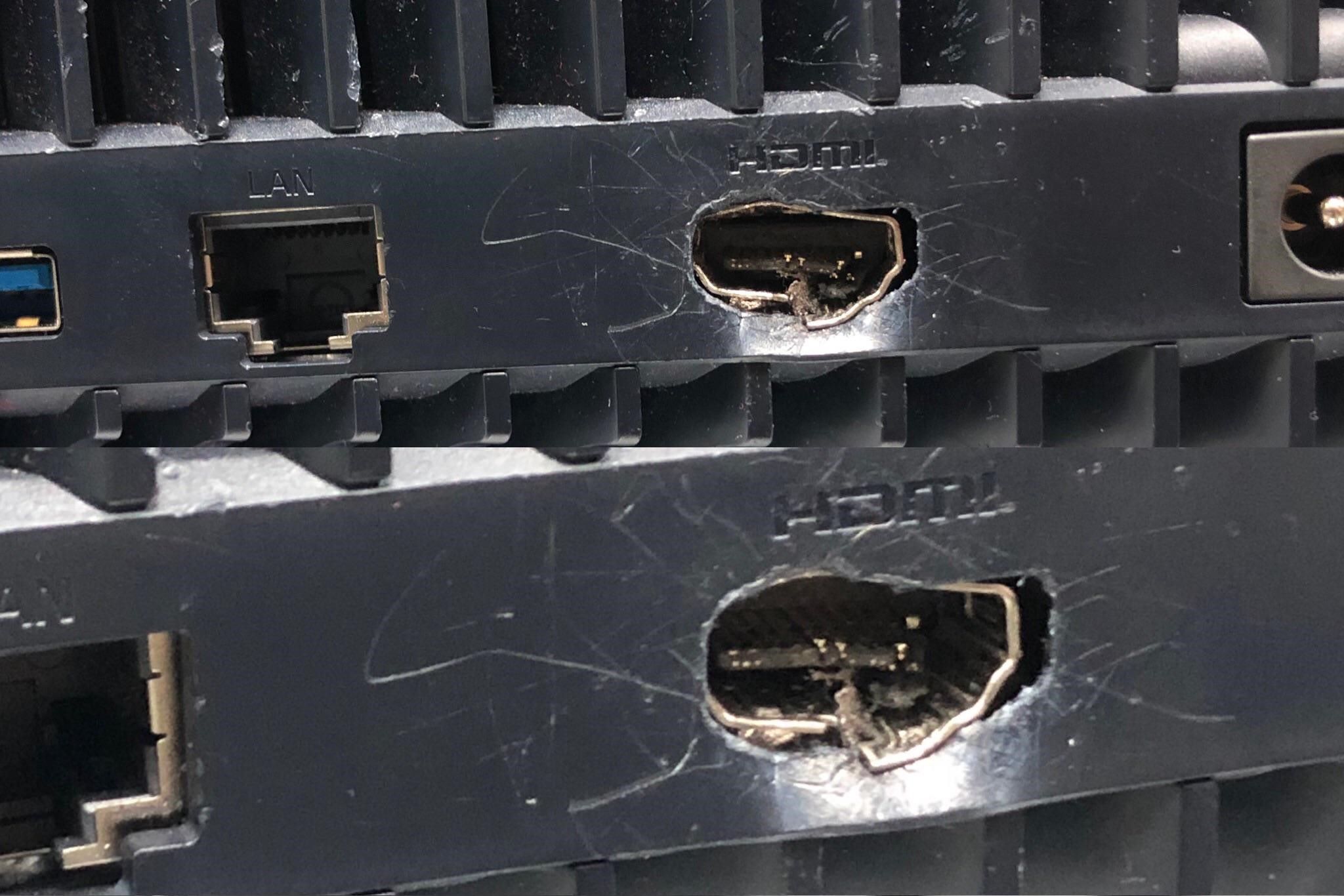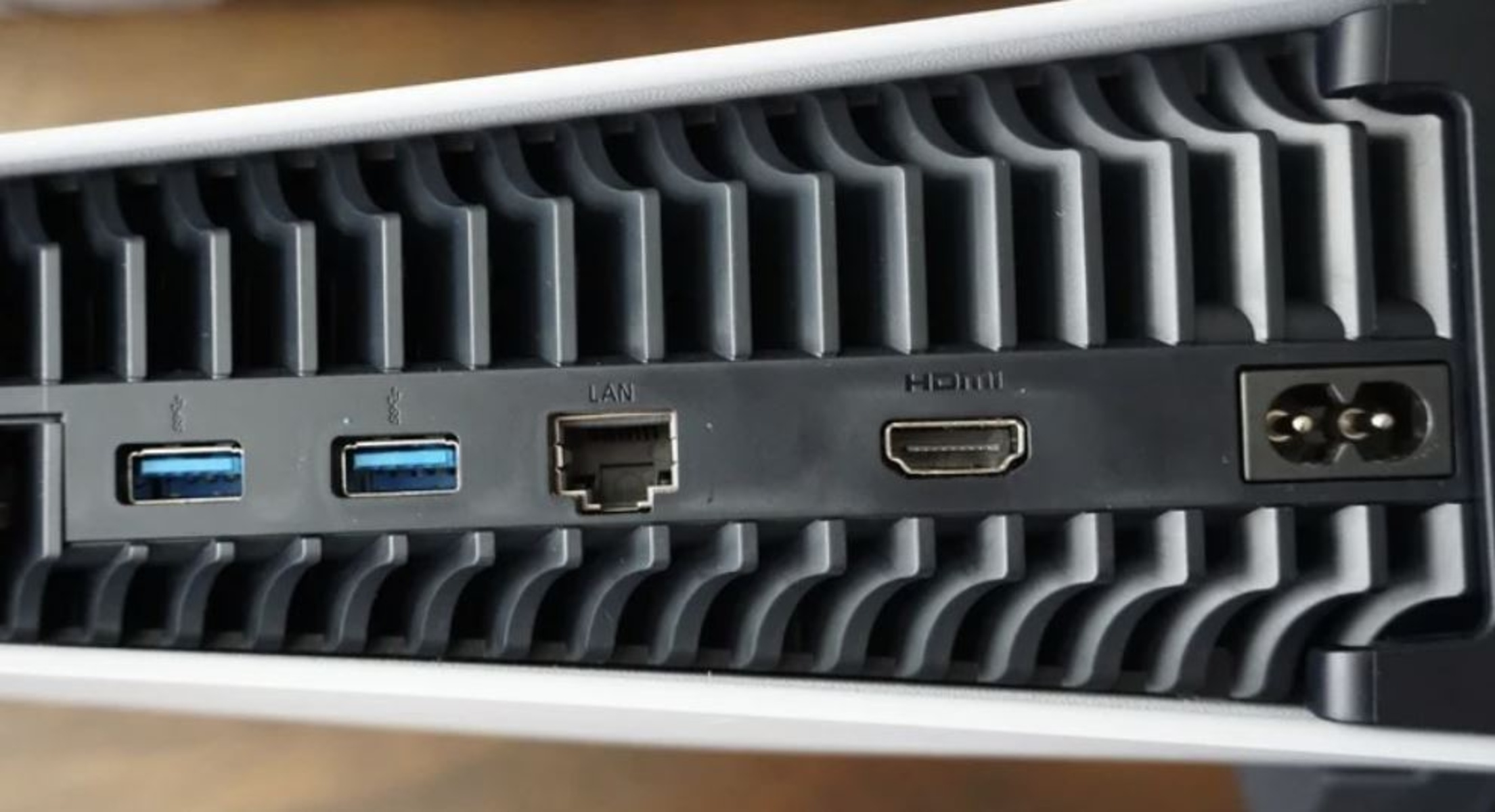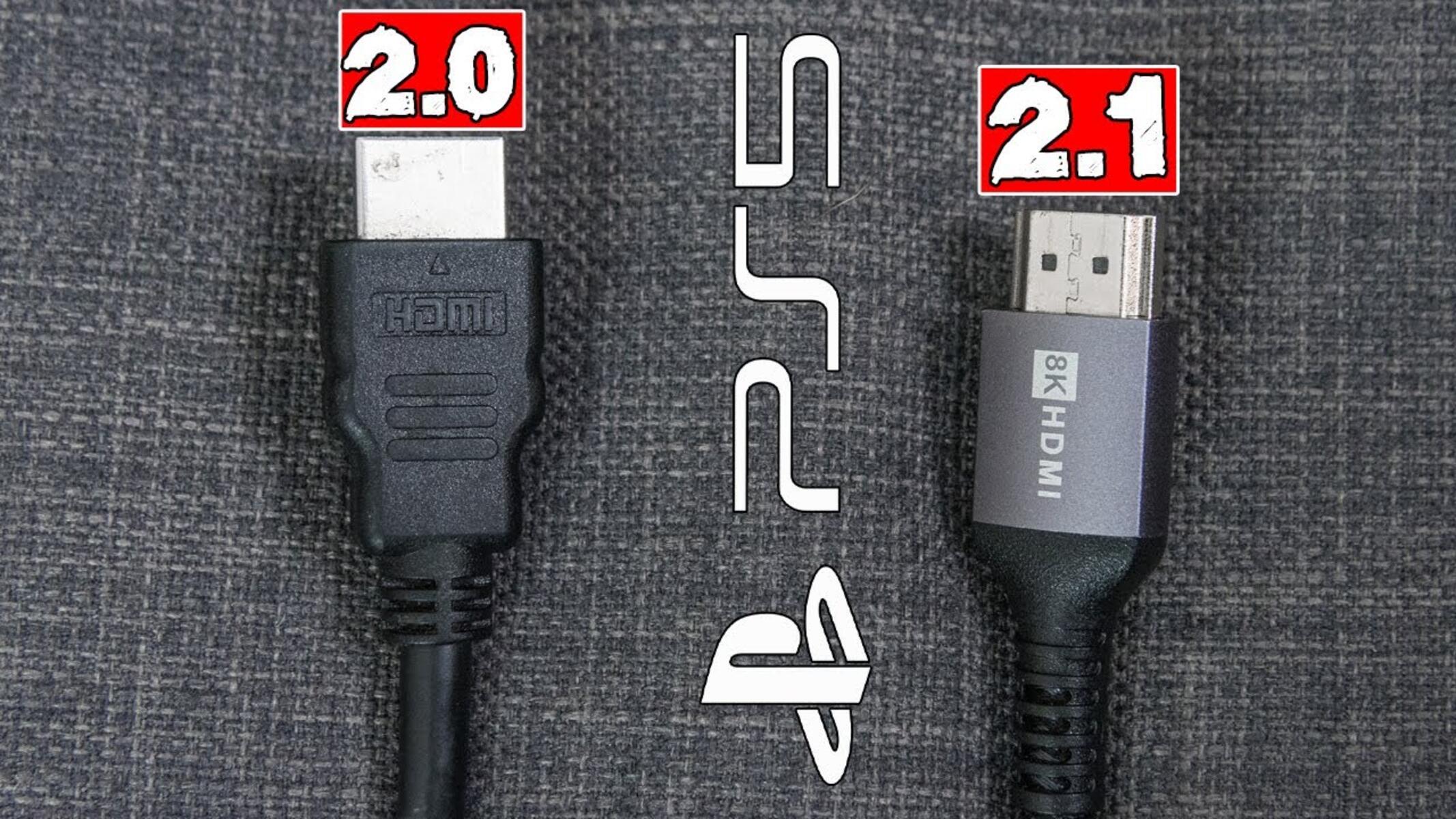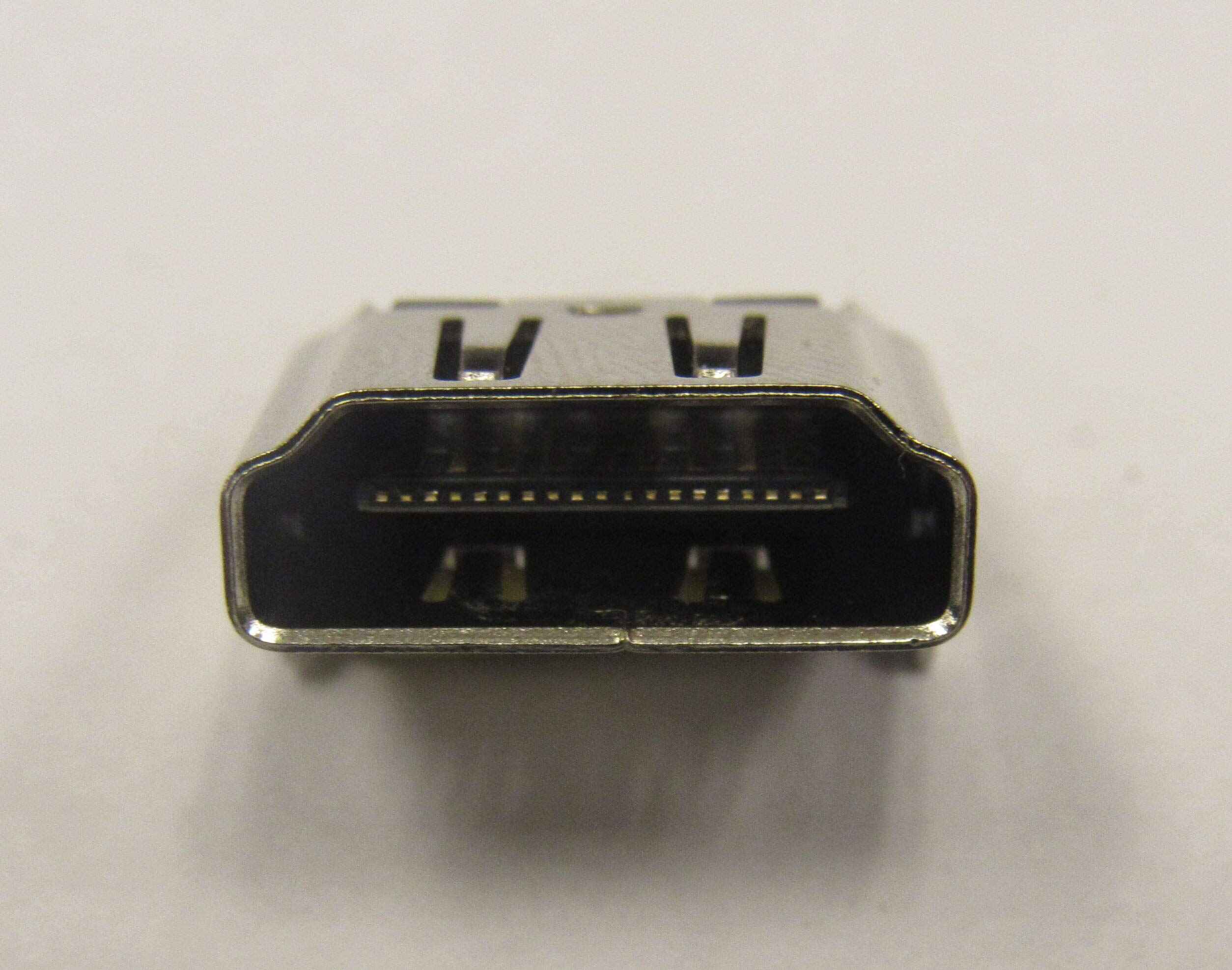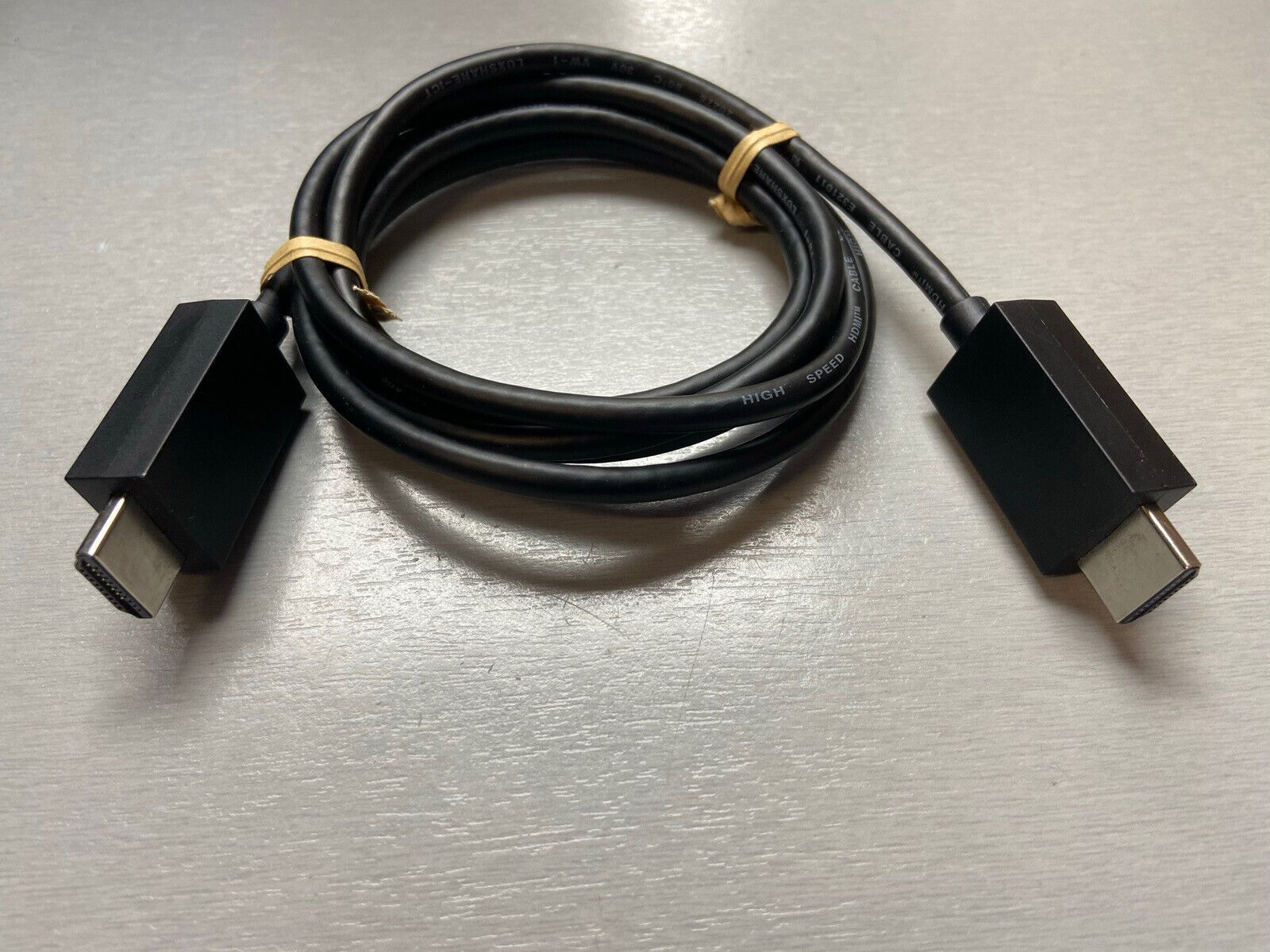Introduction
The PlayStation 5 (PS5) has taken the gaming world by storm with its incredible graphics, lightning-fast loading times, and immersive gaming experience. One important aspect that contributes to the overall performance of the PS5 is its compatibility with different video output options. One of the most crucial and widely used video connectors is HDMI (High-Definition Multimedia Interface).
HDMI has become the standard connection for audio and video transmission in modern devices, providing a seamless and high-definition experience. It is crucial to understand the different versions of HDMI to make the most out of your gaming experience. HDMI 2.1 is the latest version that offers advanced features and capabilities for enhanced gaming on compatible devices.
In this article, we will explore what HDMI is, specifically focusing on HDMI 2.1, and its benefits for the PS5. Additionally, we will address the question of whether the PS5 uses HDMI 2.1 or if there are alternative HDMI options available.
What is HDMI?
HDMI, which stands for High-Definition Multimedia Interface, is a digital connection standard used for transmitting audio and video signals between devices. It has become the go-to interface for connecting televisions, monitors, gaming consoles, Blu-ray players, and other multimedia devices.
Compared to its predecessor, analog connections like VGA and RCA, HDMI offers several advantages. First and foremost, it provides a digital signal transmission, ensuring higher video and audio quality without any loss or degradation. It supports high definition (HD) and ultra-high definition (UHD) resolutions, including 4K and even 8K resolutions in the latest HDMI versions. This results in crisp and vibrant visuals that bring your games, movies, and TV shows to life.
In addition to delivering exceptional video quality, HDMI also supports audio transmission. It can carry multi-channel audio formats such as Dolby Atmos and DTS:X, providing an immersive surround sound experience. This is particularly important for gaming, as it enhances realism and immersion by delivering directional audio cues.
Furthermore, HDMI is a convenient and user-friendly interface. It supports plug-and-play functionality, meaning you can connect devices without the need for complicated setup or configuration. HDMI cables are also capable of carrying both video and audio signals, reducing cable clutter and simplifying the overall setup process.
Over the years, HDMI has undergone several advancements and upgrades to keep up with the latest technological trends and consumer demands. The latest version, HDMI 2.1, offers even more features and capabilities that are particularly advantageous for gaming enthusiasts.
What is HDMI 2.1?
HDMI 2.1 is the latest iteration of the HDMI standard, introducing a range of advancements and features that significantly improve the audiovisual experience. It offers higher bandwidth and data transfer rates, enabling support for higher resolutions, refresh rates, and enhanced gaming capabilities.
One of the most notable upgrades in HDMI 2.1 is its ability to transmit video signals at resolutions up to 10K. This means that if you have a compatible display, such as a high-end 8K TV, you can enjoy gaming or watching content in stunning detail and clarity like never before.
In terms of refresh rates, HDMI 2.1 supports up to 120Hz at 4K resolution, allowing for smoother and more responsive gameplay. This makes a noticeable difference, especially in fast-paced action games where every frame counts. Moreover, HDMI 2.1 introduces Variable Refresh Rate (VRR) technology, which synchronizes the display’s refresh rate with the console’s outputting frame rate. This eliminates screen tearing and stuttering, providing a buttery-smooth gaming experience.
Another key feature of HDMI 2.1 is its support for Auto Low Latency Mode (ALLM), also known as “Game Mode.” When enabled, ALLM reduces input lag, making the gaming experience more responsive and immersive. This feature is particularly important for competitive gamers who require precise and instantaneous controller inputs.
Additionally, HDMI 2.1 introduces enhanced Audio Return Channel (eARC), which supports high-bandwidth audio formats like Dolby TrueHD and DTS-HD Master Audio. This ensures that you can enjoy high-quality, lossless audio when connected to compatible audio systems, enhancing the overall auditory experience during gaming, movies, and music playback.
Furthermore, HDMI 2.1 cables are backward compatible, meaning they can be used with older HDMI devices. However, to fully take advantage of HDMI 2.1’s features, both the source (e.g., PS5) and the display need to support HDMI 2.1. Nonetheless, even if you have a display that does not support HDMI 2.1, you can still benefit from features like VRR and ALLM with compatible HDMI 2.1 devices.
The Benefits of HDMI 2.1 for PS5
The PlayStation 5 (PS5) is designed to deliver the next level of gaming performance, and HDMI 2.1 plays a crucial role in maximizing its capabilities. Here are some of the key benefits of HDMI 2.1 for PS5 users:
1. Higher Resolutions: HDMI 2.1 supports resolutions up to 10K, enabling users with compatible displays to enjoy games in stunning detail. While most current games are optimized for 4K resolution, HDMI 2.1 future-proofs the PS5 by ensuring compatibility with upcoming high-resolution gaming experiences.
2. Increased Refresh Rates: With HDMI 2.1, the PS5 can achieve refresh rates of up to 120Hz at 4K resolution. This results in smoother gameplay and improved responsiveness, enhancing overall gaming performance. Faster refresh rates are particularly beneficial for fast-paced action games where quick and precise movements are crucial.
3. Variable Refresh Rate (VRR): HDMI 2.1 introduces VRR technology, which allows the display to adjust its refresh rate dynamically to match the frame rate output of the PS5. This eliminates screen tearing and stuttering, providing a significantly more immersive and visually pleasing gaming experience.
4. Auto Low Latency Mode (ALLM): ALLM, also known as “Game Mode,” is a feature of HDMI 2.1 that reduces input lag by automatically switching the display into a low latency mode when the PS5 is detected. This ensures that gamers can enjoy the most responsive gameplay, with minimal delay between pressing a button and seeing the action on the screen.
5. Enhanced Audio: HDMI 2.1 supports eARC, allowing the PS5 to transmit high-bandwidth audio formats like Dolby TrueHD and DTS-HD Master Audio. This means that users who have compatible audio systems can experience immersive, high-quality audio during gaming sessions, enhancing the overall audiovisual experience.
It is important to note that while HDMI 2.1 brings significant improvements to the PS5 gaming experience, it is not mandatory for enjoying games on the console. The PS5 is also compatible with HDMI 2.0 and earlier versions, allowing users to connect their consoles to a wide range of displays. However, to fully leverage the advanced features and capabilities of the PS5, including higher resolutions, faster refresh rates, VRR, and ALLM, it is recommended to use a display that supports HDMI 2.1.
Does PS5 Use HDMI 2.1?
The PlayStation 5 (PS5) is equipped with an HDMI 2.1 output, making it capable of delivering the advanced features and benefits that HDMI 2.1 offers. This means that if you have a compatible HDMI 2.1 display, you can fully maximize the potential of the PS5 and enjoy all the enhancements it brings to your gaming experience.
However, it’s important to note that while the PS5 is HDMI 2.1 capable, not all games and applications may utilize the full capabilities of HDMI 2.1. Some features, such as 4K resolution at high refresh rates or variable refresh rates, may vary depending on the specific game and its optimization for HDMI 2.1. Additionally, not all games may offer support for VRR or ALLM, as it ultimately depends on the game developers’ implementation choices.
If you do not have an HDMI 2.1 display, the PS5 is still compatible with HDMI 2.0 and earlier versions. This means that you can still connect the PS5 to a wide range of displays, including 1080p and 4K TVs or monitors. However, you will not be able to take advantage of the full range of capabilities offered by HDMI 2.1, such as higher resolutions, faster refresh rates, VRR, or ALLM.
It’s worth mentioning that even if you have a display that supports HDMI 2.1, it may require specific settings or firmware updates to enable the full functionality of HDMI 2.1. It’s recommended to consult the manufacturer’s documentation or support resources to ensure that your display is optimized for HDMI 2.1 and to make the necessary adjustments to enjoy the benefits it provides.
Ultimately, while the PS5 supports HDMI 2.1, its usage and compatibility with specific HDMI features depend on various factors such as the game, the display, and the available options within the game settings. It’s always a good idea to check the game’s specifications and consult the manufacturer’s documentation for your display to understand the capabilities and limitations of HDMI 2.1 with your PS5 setup.
Alternative HDMI Options for PS5
While HDMI 2.1 is the recommended choice for getting the most out of the PlayStation 5 (PS5), it’s important to note that the console is also compatible with other HDMI versions. If you don’t have a display that supports HDMI 2.1 or if you’re looking for alternative options, here are some HDMI alternatives for the PS5:
1. HDMI 2.0: HDMI 2.0 is the previous version of HDMI and is still widely used in many displays, including 4K TVs and monitors. While it may not support all the advanced features of HDMI 2.1, such as higher resolutions or variable refresh rates, it can still provide a high-quality gaming experience on the PS5. HDMI 2.0 is capable of delivering 4K resolution at 60Hz, which is suitable for most games and content.
2. HDMI 1.4: HDMI 1.4 is an older HDMI version that supports 1080p resolution at 60Hz. This is a good option if you have a 1080p display and want to connect your PS5 to it. While it doesn’t offer the same level of visual fidelity as higher resolutions, it can still provide a smooth and enjoyable gaming experience.
3. HDMI to DisplayPort Adapter: If you have a display that only has a DisplayPort input, you can use an HDMI to DisplayPort adapter to connect your PS5. This allows you to take advantage of your display’s capabilities without needing an HDMI-compatible display. However, it’s important to note that the adapter should support the desired resolution and refresh rate to ensure optimal performance.
4. HDMI to DVI Adapter: For displays with DVI inputs, you can use an HDMI to DVI adapter to connect the PS5. This option is suitable for older monitors or projectors that do not have HDMI ports. Keep in mind that DVI only supports video signals, so you will need a separate audio connection if you want to use the PS5’s audio capabilities.
It’s important to ensure that the HDMI alternative you choose is compatible with the resolution and refresh rate capabilities of your display. While using HDMI 2.1 is ideal for accessing the full range of PS5 features, these alternative options allow you to connect the console to a wider range of displays, providing flexibility based on your specific setup.
Before purchasing any adapters or cables, it’s recommended to check the manufacturer’s specifications for both your display and the PS5 to ensure compatibility. Additionally, keep in mind that while alternative HDMI options may still provide a satisfactory gaming experience, they may not support some of the advanced features found in HDMI 2.1.
Conclusion
HDMI is an essential component in connecting the PlayStation 5 (PS5) to displays, providing high-quality audio and video transmission. While HDMI 2.1 offers advanced features and capabilities for a superior gaming experience, the PS5 is also compatible with alternative HDMI options, such as HDMI 2.0, HDMI 1.4, HDMI to DisplayPort adapters, and HDMI to DVI adapters.
HDMI 2.1 provides benefits such as higher resolutions, increased refresh rates, Variable Refresh Rate (VRR), and Auto Low Latency Mode (ALLM), which enhance the performance and visuals of PS5 games. It allows users to enjoy higher resolutions up to 10K, smoother gameplay, reduced input lag, and improved audio experiences with eARC support.
While HDMI 2.1 is recommended for maximizing the PS5’s potential, it’s important to remember that the console can still be connected to displays with older HDMI versions. HDMI 2.0 is a suitable alternative for 4K displays, HDMI 1.4 for 1080p displays, HDMI to DisplayPort adapters for compatible monitors, and HDMI to DVI adapters for displays with DVI inputs.
When considering an alternative HDMI option, it’s crucial to verify the compatibility of your display and its support for specific resolutions and refresh rates. Additionally, it’s important to note that some advanced features supported by HDMI 2.1, such as VRR and ALLM, may not be available with alternative HDMI options.
In conclusion, understanding the benefits and capabilities of HDMI and its various versions helps in making informed choices when connecting the PS5 to different displays. Whether you have a display that supports HDMI 2.1 or an alternative HDMI option, the PS5 offers a remarkable gaming experience, showcasing its exceptional graphics and powerful performance for endless hours of gaming enjoyment.







